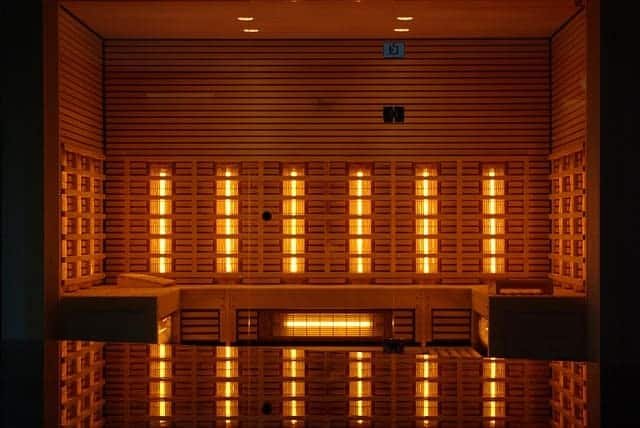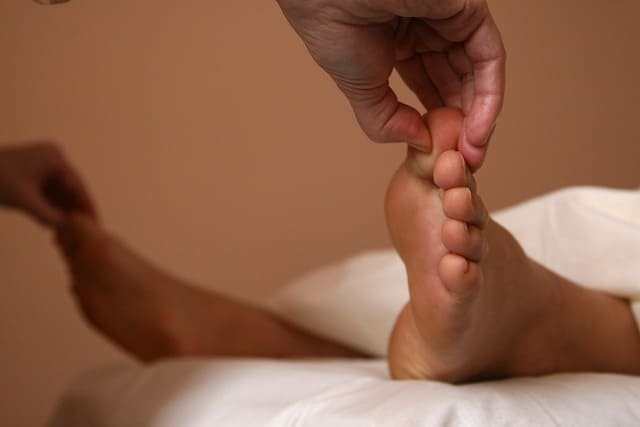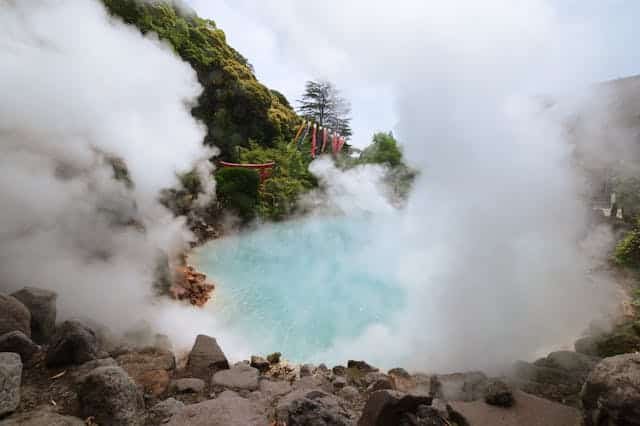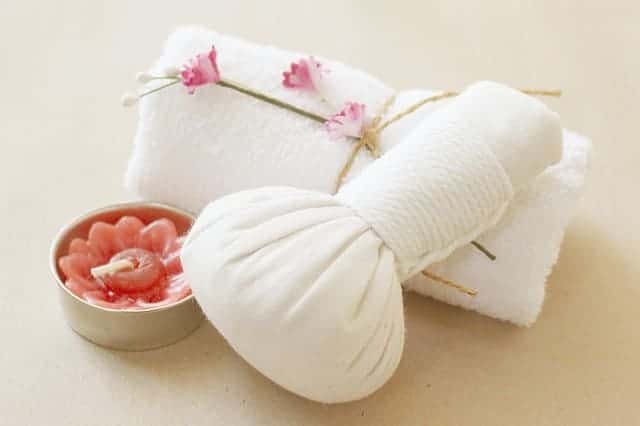If you are asking which are the quietest spa towns in Asia, the answer is that there are hidden towns across Japan, Thailand, Vietnam, India, and beyond where calm thermal waters, soft mountain air, and affordable treatments wait for travelers who want true silence. These places are not packed with noisy tourists. They are towns where locals go for real healing, where you can soak, rest, and breathe without stress. Some of them cost less than a dinner in a big city, while others give you luxury at half the price of Europe. This guide will take you through real towns, practical tips, what you can do there, and how much you might spend.

Why choose quiet spa towns in Asia
When travelers search which are the quietest spa towns in Asia, they usually want two things: silence and affordable healing. Big resorts in Bali or flashy spas in Singapore might be popular, but they are noisy and overpriced. The quieter towns offer something more authentic: small bathhouses, mineral springs in nature, herbal treatments passed down for centuries, and towns where people sleep early and wake up with the sunrise.

The atmosphere you can expect
- Streets are calm, often with bicycles instead of cars.
- Local food is fresh, cheap, and simple.
- Accommodation ranges from $15 guesthouses to $150 boutique spa hotels.
- Thermal springs and herbal baths usually cost between $5 and $20.
Who these places are for
- Travelers who want peace, not parties.
- Families looking for safe and quiet retreats.
- Solo travelers who want to heal from stress.
- Couples who want romance without the crowd.
Japan: The classic answer to which are the quietest spa towns in Asia
Japan is the first country that comes to mind when answering which are the quietest spa towns in Asia. The tradition of onsen (hot spring baths) is part of daily life here. Some towns are packed with tourists, but others stay quiet, especially in the countryside.

Kinosaki Onsen
Kinosaki is a peaceful town with canals, willow trees, and wooden inns. Instead of loud nightclubs, you hear the sound of water running through the streets.
- What to do: Try the seven public bathhouses, each with a different style. Walk in yukata (cotton kimono) through the town.
- Budget: Public baths cost about $7 each, or you can buy a pass for $13. A guesthouse stay is $50–$100 with breakfast.
- Transport: Reachable by train from Kyoto in 2.5 hours.
Beppu Backstreets
While Beppu is famous, the quieter neighborhoods around the hills are where you find small family-run baths.
- What to do: Try the sand baths where you are buried in warm volcanic sand. Visit a steam cooking hut to eat food made in natural steam vents.
- Budget: Sand baths cost $8. Meals are $6–$12. Guesthouses start from $30.
- Tip: Avoid the big tourist baths and ask locals about smaller ones.
Nyuto Onsen
Hidden in northern Japan, Nyuto Onsen is deep in the forest. It is one of the most silent onsen villages in the country.
- What to do: Stay overnight in a traditional inn. Try outdoor baths surrounded by snow in winter or fireflies in summer.
- Budget: Inns cost around $120 with dinner and breakfast included. The value is high because it includes meals and unlimited baths.
Thailand: A tropical answer to which are the quietest spa towns in Asia
Thailand is known for beaches and parties, but if you are asking which are the quietest spa towns in Asia, there are mountain and river towns where you can get herbal steam, Thai massage, and mineral springs without the chaos.
Pai in the mountains
Pai is often busy in the center, but just outside the town are quiet hot springs surrounded by jungle.
- What to do: Visit Tha Pai Hot Spring. Try herbal compress massage in small huts run by locals. Rent a scooter to explore waterfalls.
- Budget: Entry to hot springs is $3. Massages are $8–$12. Guesthouses are $15–$30 per night.
- Food: Street noodles for $1. Smoothies for $2.
Chiang Rai hidden spas
Most tourists skip Chiang Rai, but the countryside is filled with herbal saunas and small spa homestays.
- What to do: Try the herbal steam huts where locals throw lemongrass and kaffir lime into the fire. Visit White Temple for a quiet spiritual break.
- Budget: Herbal saunas cost $2–$4. Massages around $6. Homestays from $20.
Vietnam: Natural and affordable spa towns
Vietnam also answers the question of which are the quietest spa towns in Asia, with small mountain valleys and hot springs villages where life is slow.
Quang Hanh Hot Springs
Located in the north near Halong, this place is popular with locals but still quiet during weekdays.
- What to do: Soak in Japanese-style baths. Stay in small lodges with views of hills.
- Budget: Entry fee is about $10. Lodges from $25. Meals for $3–$5.
Phu Yen Countryside Retreats
Phu Yen is not a classic spa town but has riverside herbal baths set up by local families.
- What to do: Sit in bamboo tubs filled with hot herbal water. Swim in natural rivers. Relax under palm trees.
- Budget: Herbal baths $5. Guesthouses $12–$20. Food is under $2 per meal.
India: Spiritual silence mixed with spa traditions
India often feels noisy, but when travelers ask which are the quietest spa towns in Asia, India has surprising answers. Some Himalayan towns mix yoga, ayurvedic treatments, and natural hot springs.
Manikaran in Himachal
This is a village with hot springs right by the river in the Parvati Valley. It is calm, surrounded by mountains.
- What to do: Bathe in hot springs, visit small temples, and eat food cooked in natural hot water.
- Budget: Free hot springs access. Rooms in guesthouses for $10–$25. Meals $2–$4.
Varkala in Kerala
Not exactly a hot spring town, but famous for ayurvedic healing retreats by the sea.
- What to do: Join ayurvedic massage sessions, herbal treatments, and yoga. Sit on the cliffside and watch the sunset.
- Budget: Ayurvedic massage from $15. Retreats $100–$200 per week including food and accommodation.
Central Asia: Lesser known spa escapes
When asking which are the quietest spa towns in Asia, people often forget Central Asia. Countries like Kyrgyzstan and Kazakhstan have Soviet-era spa towns that are now peaceful and cheap.
Issyk Kul in Kyrgyzstan
Around the lake are quiet spa resorts using mineral-rich water.
- What to do: Swim in the lake, try mud treatments, soak in hot pools.
- Budget: Resorts from $30 per night. Meals $5–$8. Treatments $10–$15.
Almaty Countryside
Outside Almaty, old sanatoriums still offer affordable spa stays.
- What to do: Mud baths, mineral water pools, hiking in nearby mountains.
- Budget: Rooms $20–$40. Meals included in packages.
Practical budget breakdown
If you want to know which are the quietest spa towns in Asia while planning real costs, here is a simple breakdown:
- Japan: $50–$150 per day depending on your inn.
- Thailand: $20–$40 per day for budget travelers.
- Vietnam: $15–$30 per day with food and baths.
- India: $10–$40 per day in small towns.
- Central Asia: $20–$50 per day including treatments.
How to choose the right spa town for you
If you want mountain silence
Go for Nyuto Onsen in Japan, Manikaran in India, or Pai in Thailand.
If you want tropical peace
Choose Varkala in India or Phu Yen in Vietnam.
If you want cultural charm
Kinosaki in Japan or Chiang Rai in Thailand give you a mix of culture and spa.
Final answer
So, which are the quietest spa towns in Asia? The real answer is that they are spread across the continent, hidden in mountains, forests, riversides, and lakes. From Japanese onsen villages to herbal huts in Vietnam, from ayurvedic retreats in India to forgotten Soviet spas in Kyrgyzstan, Asia is full of calm places where you can heal without noise. Whether you spend $10 in a Himalayan guesthouse or $150 in a boutique Japanese inn, the silence, the healing waters, and the feeling of being far from the crowd are the same.
People also ask about: Secret Mountain Hot Springs in Japan Tourists Miss.

